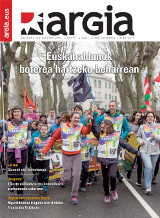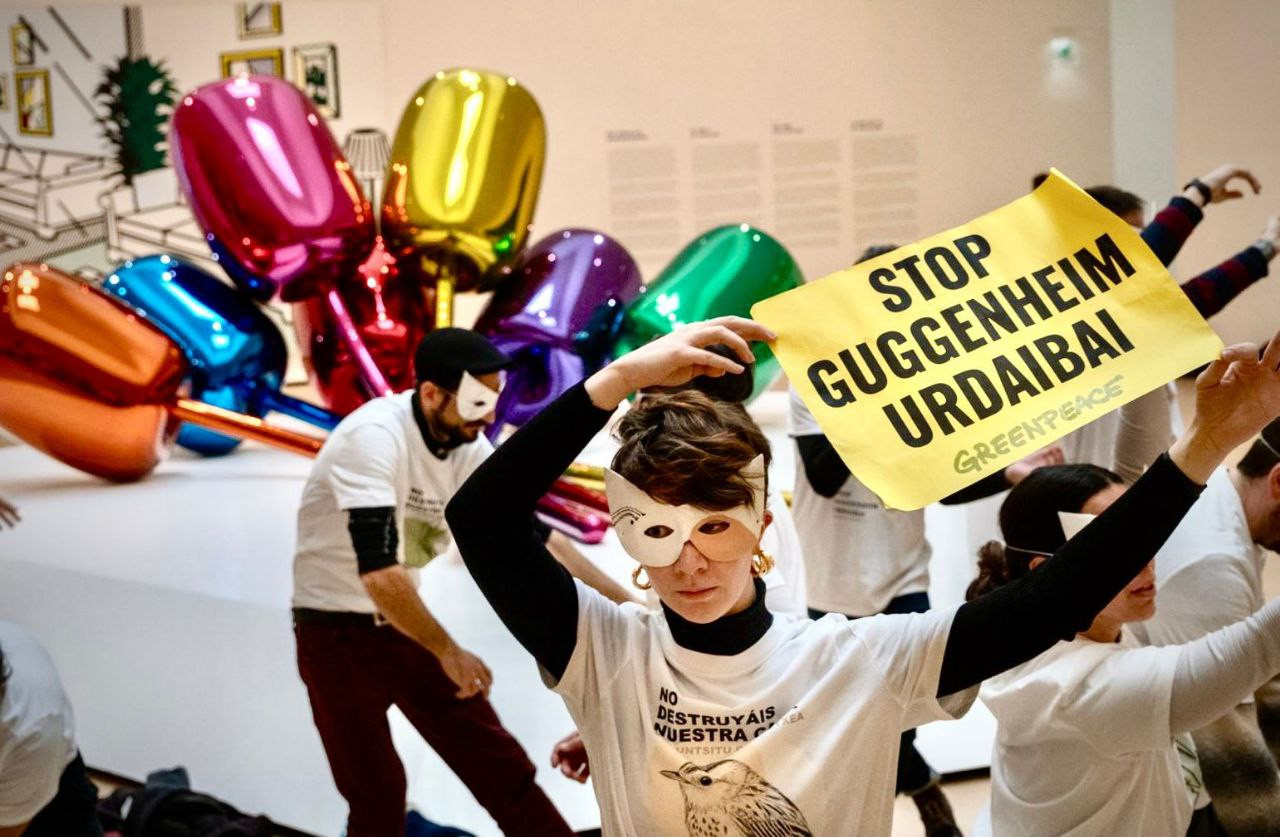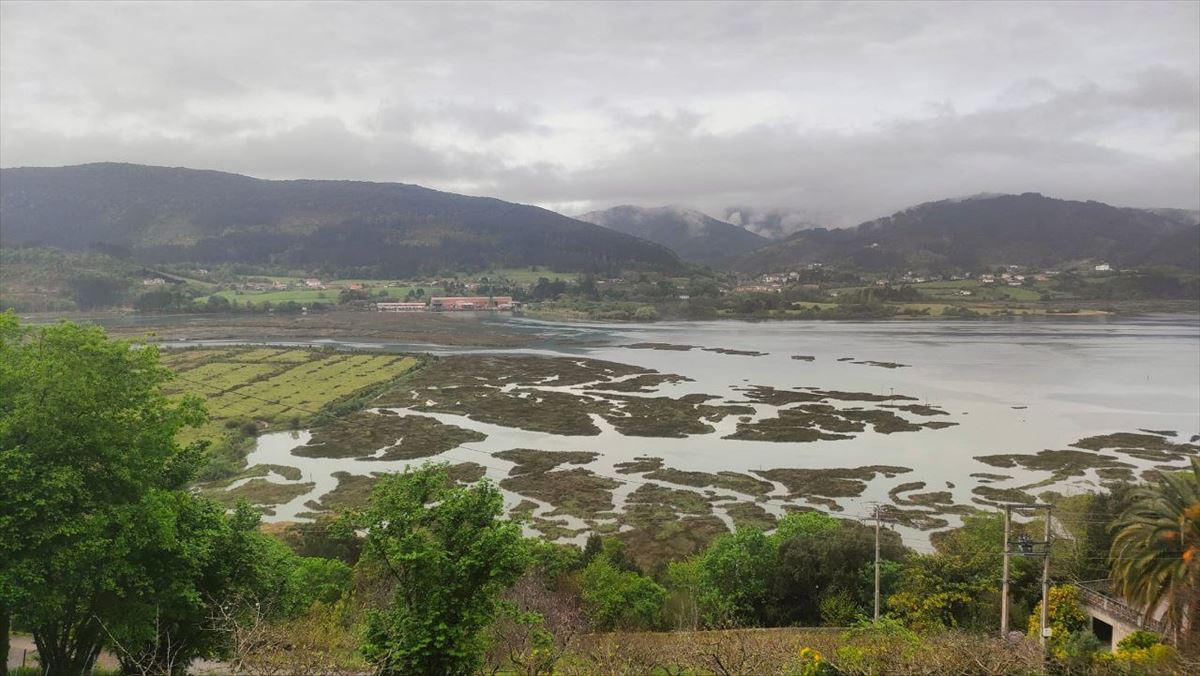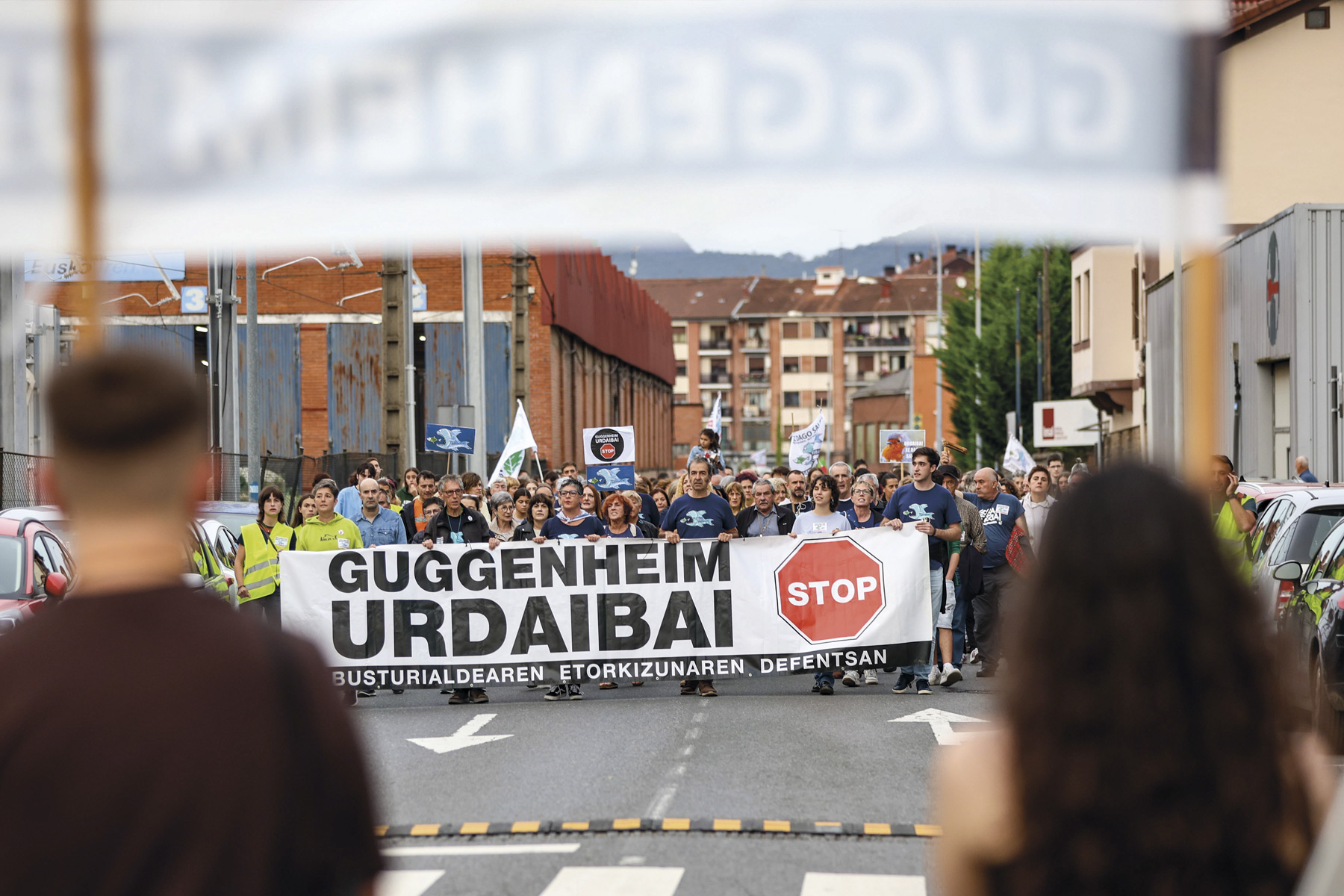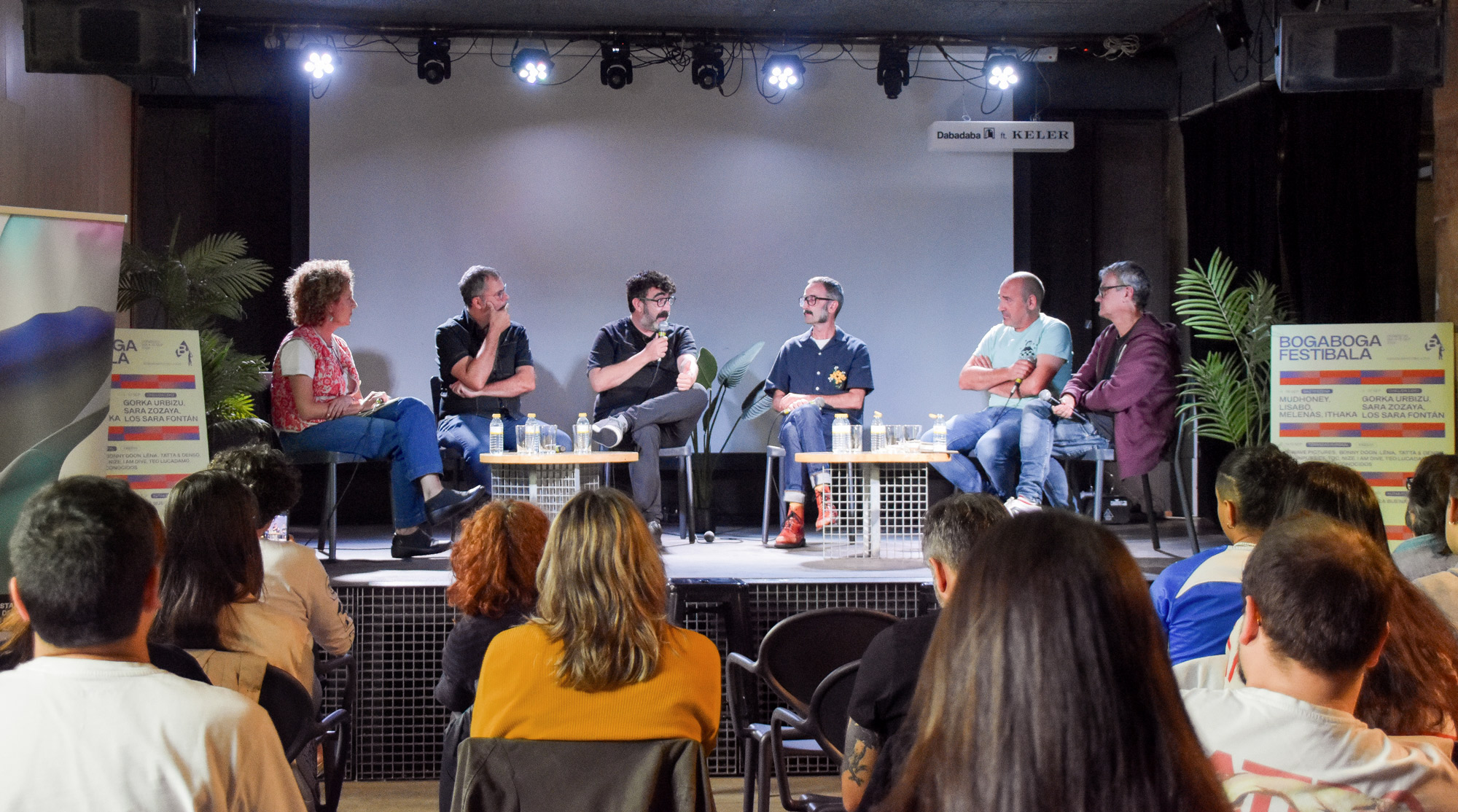How to Turn an Old Cinema into a New Cultural Space
- The Zarautz City Hall rented the Modelo film building almost two and a half years ago. Since then, with a radical change in the cultural model, it has functioned as a multipurpose room, based on citizen participation. Now, after the purchase of the building by the City Hall, it has become one of the most dynamic and important cultural centers in the city.

The building, almost a hundred years old, was closed in the winter of 2012, due to the fall of the business. Apart from the nostalgic ones, most of the Zarauztarras already had the habit of going to the cinemas of the surrounding villages, as they had been cold, old, uncomfortable. In addition, the Lizardi Theatre was also shot down to build homes. As soon as the new Municipal Government came to power, therefore, reflected on the cultural infrastructures to be able to respond to the deficiencies that the municipality had.
“We must not forget, moreover,” says Gari Berasaluze, Culture Councilor of Zarautz, “that in the previous legislatures sports sports was the priority. It had a budget of EUR 21 million and it was said that it would cover all the deficiencies of the cultural infrastructures of the people, where cinema, theatre, music school were foreseen... In our opinion, this project was far from the needs of Zarautz. They prioritized the carapace, forgetting its essence, which markedly alienated the City Hall and popular movements.”
Responding to the request of the people
At the beginning of this legislature, the City launched a participatory process around the cultural infrastructures of the municipality. In these meetings, some conclusions were drawn and, among others, several cultural agents of the people raised the need to recover the building of the Model. “Many pointed out that it is a historically important meeting point, that it is in the center of the town, and that we could not drop the building as such,” says Berasaluze. Although it was not predetermined in the municipal plans, the government took into account what many believed, and the former owners were rented the building. They took the risk of starting to manage the building, setting in motion a new cultural, citizen and dynamic model.
Reopened in November 2012, they began to think about how to carry out their management. “In a meeting, we raised a new organization divided into three groups. On the one hand, the events organized by the Department of Culture and other departments of the City Hall. On the other hand, a set of events, sustainable and punctual programming managed by local agents: Escorts. These meet a number of requirements (sound technicians, gatekeepers...). ) The building could be used in an almost self-managed way. Finally, those companies or groups that, without being Modela’s comrades, wanted to use the room for specific activities, which should pay for the rent,” explains Berasaluze.
Of the three teams, the second was the most important; and after two years and five months in progress, it can be said that they have achieved the goal to a large extent. “The City Hall said, for example, that it would not take over commercial cinema,” says Berasaluze. “Faced with this, a group of citizens created the Modeloren Lagunak association, in charge of bringing commercial films to the room. These offer films the second and fourth weekends of each month.”
The rest of the weekends, however, the building has been reserved for theatre or musical concerts. Finally, conferences and documentaries are organised throughout the week. The results obtained over the time the Chamber has been open speak for themselves: In total, some 350 events and more than 38,000 audience members have gathered in the Basque Country.
Towards comprehensive reform
Shortly after the lease, the City Hall realized that the project it had had had a solid essence and that, if the building were acquired, it would have a greater capacity for movement to innovate. Next, the purchase negotiations with the owners began in 2013. After a long time, the purchase was made at the beginning of 2015 for EUR 1.5 million.
“As the model room is that of the people, we started to think with it what to do for the future,” says the councilman of culture. “So far we had an old rented building and we’ve taken out all the juice we could. But we saw that it was inadequate for a lot of other things. We were clear that we had to innovate,” said the Real technician at a press conference.
Now, on the basis of the participation of the people, the project of comprehensive reform of the Model has begun. “At the first meeting, the City Council presented a proposal for the reform of the room: What to do? How do you make it have more capacity? What's on the second and third floors? At the second meeting, the proposals presented by the citizens will be gathered, contrasting them with the conditions defined by architects and technicians. In the third, finally, the options between what you want to do and what you can do will be seen and decided.
Once they are clear about what to do, they will put the proposal out to public tender for the draft to be drawn up. It is estimated that the works will start by 2016, and once the room is closed or closed, Zarautz will be able to enjoy a definitive cultural space.
Fruits of the Culture Bureau
Model regeneration is not the only cultural project that Zarauztarras have seen in recent years. In 2014, the Municipal Government created the Culture Bureau with the objective of giving value and echo to the cultural movement existing in Zarautz, wanting to unite and integrate the different agents, until then completely atomized. “The Culture Bureau has three fixed subcommittees: agenda and communication, parties, cultural heritage and infrastructure. In addition, it has specific meeting points to respond to the debates and reflections of each case, as is the case of the Model Room”.
Another novelty of the Department of Culture of the City of Zarautz is the Sortaldea Cultural Area, which opened in the Malecon. In summer it functions as an open library (i.e. a space for taking and leaving books freely), as well as organizing conferences, concerts and creative workshops. Throughout the year, it is also a self-managed space to create and show what has been created. Space generates a lot of movement, especially in the summer months.
In 2021 we began to hear the first echoes of the Guggenheim Urdaibai project. The then General Manager Unai Rementeria told us that it would be done yes or yes. To reinforce his claims, he left 40 million euros “shielded” by the time the museums were built. There it is!... [+]
We have known Aitor Bedia Hans, a singer of the Añube group for a long time. At that time we were reconciled with BEÑAT González, former guitarist of the Añube group. It was at the university time, when the two young people of Debagoiena came to Bilbao to study with music in... [+]
Two years ago Urdaibai Guggenheim Stop! Since the creation of the popular platform, Urdaibai is not for sale! We hear the chorus everywhere. On 19 October we met thousands of people in Gernika to reject this project and, in my opinion, there are three main reasons for opposing... [+]
With this article, the BDS movement wants to make a public boycott of the event to be held on 24 September at the Guggenheim in Bilbao. In it, they will have the presence of the renowned Zionist artist, Noa, who will present his last record work.
When, in the context of the... [+]









